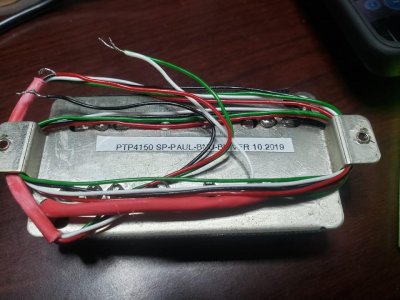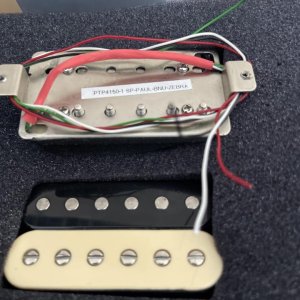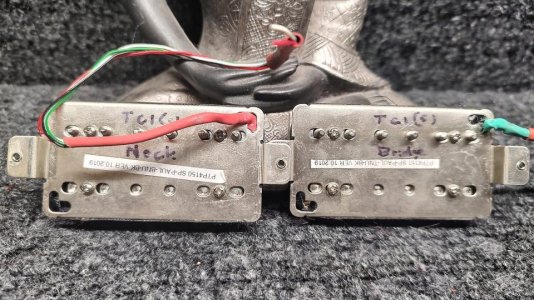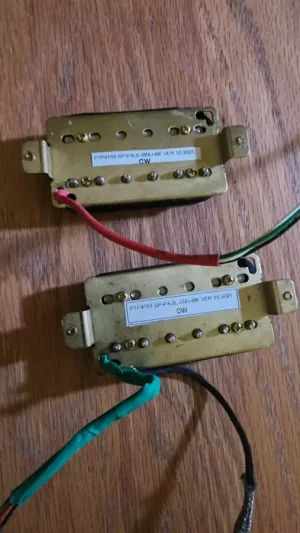The "stronger" coil (the one with the higher inductance) should be louder in both cases, so the pickup shouldn't sound the same if the "screw coils" is closer to the neck or to the bridge - which makes a difference with "normal" humbuckers as well, anyway.
BUT the core of the tone should still be due
to the main resonant peak of both coils working together, in series as well as in parallel.
Beyond this main resonant peak, an "unbalanced" humbucker in
series should exhibit secondary peaks and dips, interacting more or less with the harmonic comb filtering due to the location of the pickup. Like DiMarzio Dual-Resonance models, but with a more drastic effect, not necessarily desirable if the pickup is wired unproperly (putting the ground on the slugs coil side won't make the pickup react in the same way than if the screws coil is grounded and the magnet flipped, for questions of parasitic capacitance having a "double-tuning" effect... and it's not necessarily a good thing for harmonic richness).
In parallel, an "unbalanced" HB would have an "hybrid" inductance, not especially interesting. For instance, a CS/59 hybrid should measure around 1.5H. It's better for parallel wiring than the tiny inductance of a 59 in parallel but it's still not quite as usable than the Fender alike inductance of a "balanced" normal Custom HB...
If people like P-Rails in parallel , it's because of the specs involved: more than 10H of inductance in series if memory serves me (which is really high, in the DiMarzio X2N range) and something like 2.6H in parallel... which is the inductance of a SSL1.
NOTE - A funny thing is that in DiMarzio Dual-Resonance pickups, the coil with the highest resistance is not the louder... Having the same number of turns, both coils have similar inductances, so the one with the highest DCR reading is quieter, precisely because it's the more resistive.

That being said to recall how
counter-intuitive guitar pickups can be.





